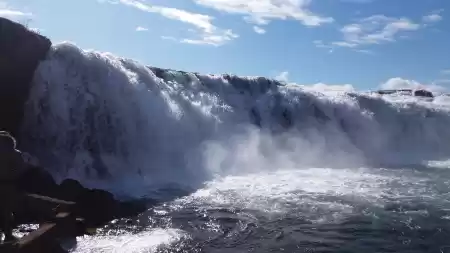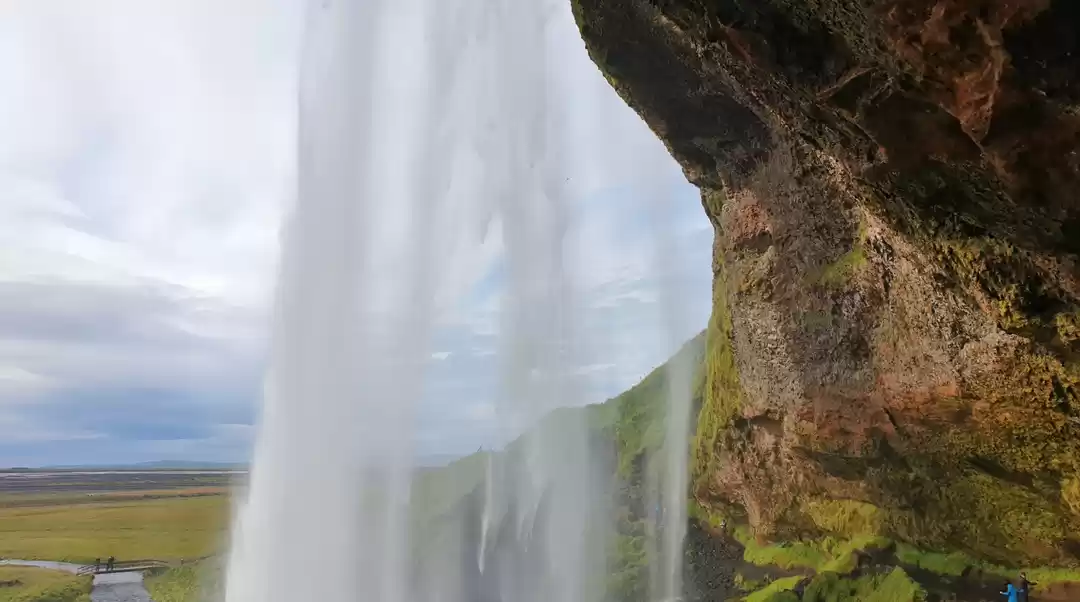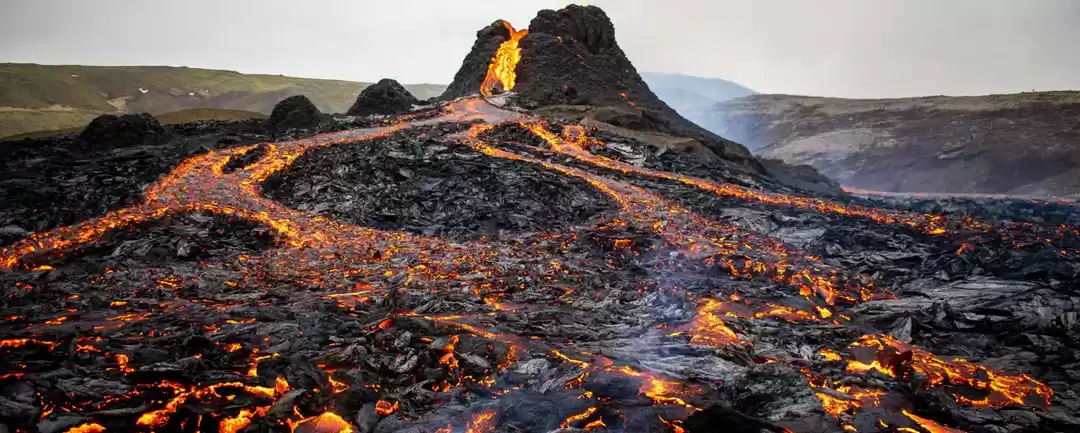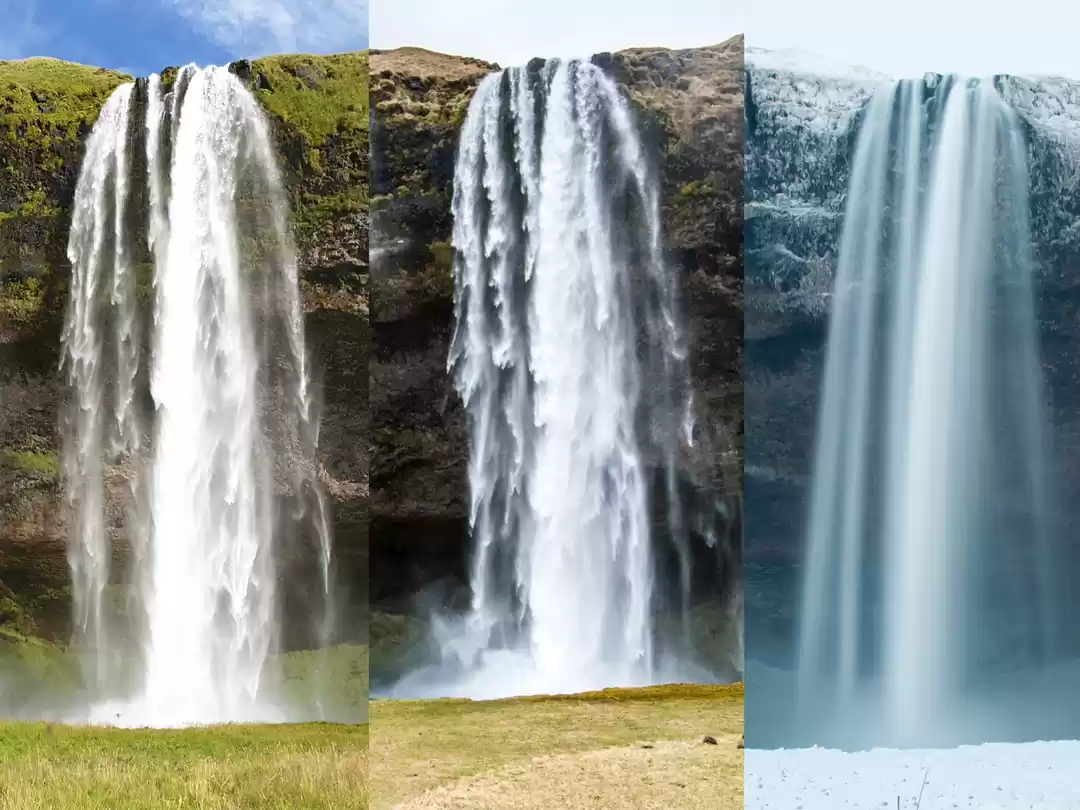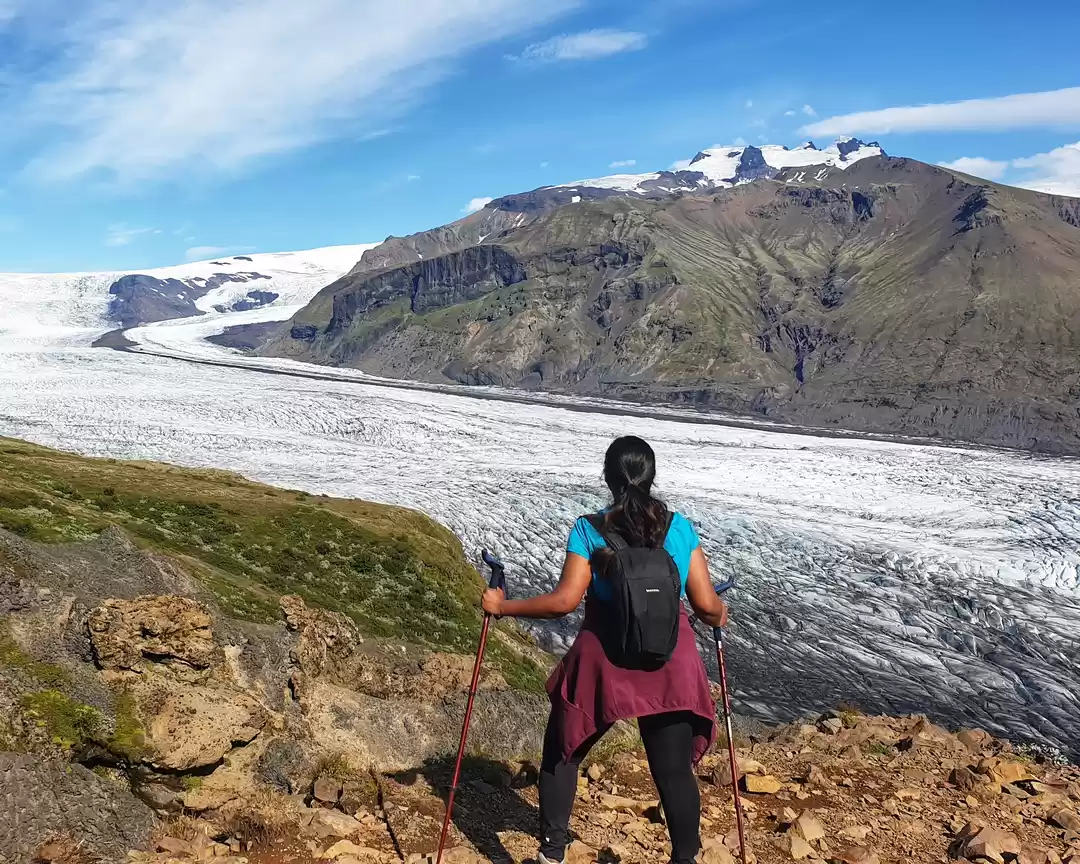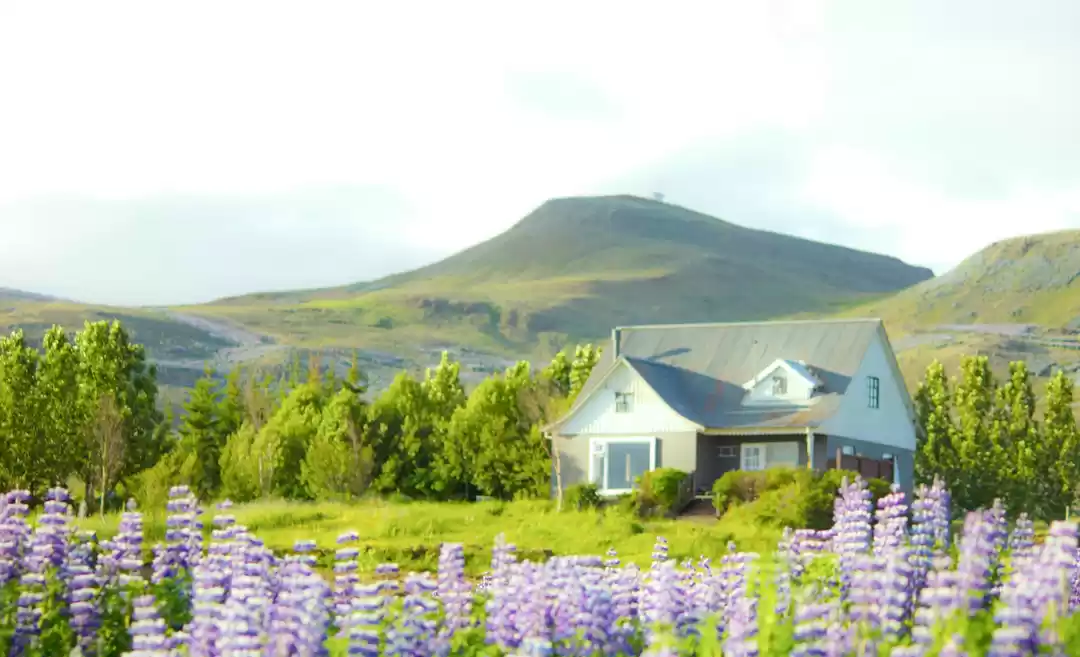Planning a road trip to New Zealand is an adventure lover's dream. This picturesque country offers a diverse landscape, from rolling green hills and serene beaches to towering mountains and pristine lakes. A road trip allows you to experience the natural beauty and vibrant culture of New Zealand at your own pace. Here’s a comprehensive guide to help you plan an unforgettable road trip to the Land of the Long White Cloud.

1. Choose the Right Time to Visit
New Zealand’s climate varies significantly from north to south, and the weather can be unpredictable. The best time to visit depends on what you want to experience:
Summer (December to February): Ideal for beach activities, hiking, and exploring the outdoors. It’s the peak tourist season, so expect more crowds.
Autumn (March to May): Cooler temperatures and fewer tourists make this a great time for a more relaxed trip. The autumn foliage adds a beautiful touch to the landscapes.
Winter (June to August): Perfect for skiing and snowboarding in the South Island. The North Island remains relatively mild, making it a good time to explore without the crowds.
Spring (September to November): Spring offers blooming flowers and lambing season. It’s a great time for nature lovers and photographers.
2. Plan Your Route
New Zealand is split into two main islands: the North Island and the South Island. Each offers unique experiences, and your route will depend on your interests and the time available.
North Island Highlights:
Auckland: New Zealand’s largest city, known for its vibrant nightlife, diverse culture, and beautiful harbors.
Rotorua: Famous for its geothermal activity, Maori culture, and adventure activities like mountain biking and zip-lining.
Wellington: The capital city, offering a mix of arts, culture, and natural beauty.
South Island Highlights:
Christchurch: Known for its English heritage, beautiful gardens, and the rebuilding efforts post-earthquake.
Queenstown: The adventure capital of New Zealand, offering bungee jumping, skiing, and stunning scenery.
Milford Sound: A must-visit fjord with breathtaking views, accessible by a scenic drive or a cruise.
3. Renting a Vehicle
Decide whether you want to rent a car, campervan, or motorhome. Each option has its pros and cons:
Car: Ideal for those staying in hotels or lodges. It’s more fuel-efficient and easier to navigate through cities and narrow roads.
Campervan/Motorhome: Offers the flexibility to camp in various locations, saving on accommodation costs. New Zealand has numerous holiday parks and freedom camping spots.
Ensure you book your vehicle well in advance, especially during peak seasons. Make sure you understand the rental agreement, insurance options, and road rules in New Zealand, such as driving on the left side of the road.
4. Accommodation
New Zealand offers a range of accommodation options, from luxury hotels and cozy bed and breakfasts to budget-friendly hostels and holiday parks. If you’re traveling in a campervan, you’ll find numerous campsites and holiday parks with excellent facilities. It’s advisable to book accommodations in advance, especially during the summer months and in popular tourist destinations.
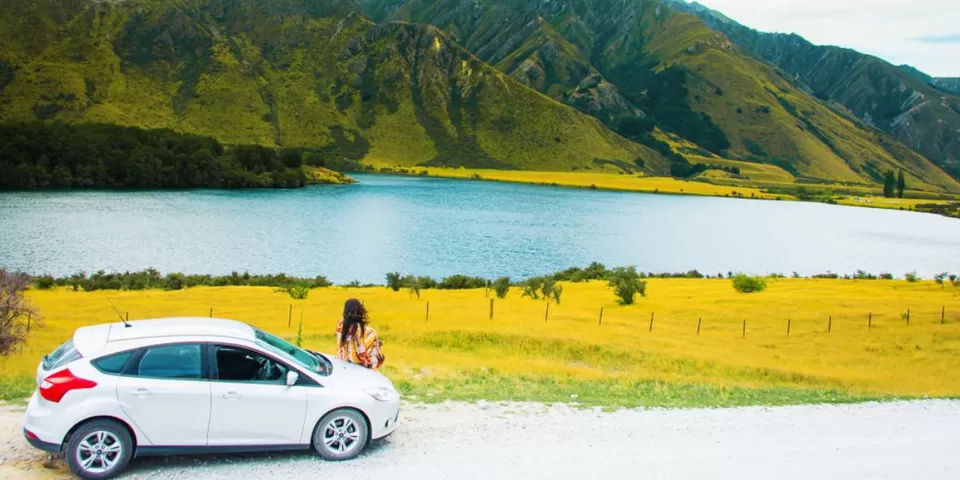
5. Pack Smart
The weather in New Zealand can be unpredictable, so pack layers and prepare for various conditions. Essential items include:
Warm clothing and waterproof gear.
Comfortable hiking shoes.
Sunscreen and sunglasses.
A good quality camera or smartphone for capturing the stunning scenery.
A first aid kit and any personal medications.
6. Plan Activities and Attractions
Research and plan the activities and attractions you want to experience. Some must-dos include:
Hiking: Explore the famous tracks like the Tongariro Alpine Crossing, Abel Tasman Coastal Track, and the Routeburn Track.
Wildlife Watching: Visit the wildlife sanctuaries and reserves to see native species like kiwis, penguins, and dolphins.
Adventure Sports: Queenstown offers bungee jumping, skydiving, and jet boating.
Cultural Experiences: Participate in Maori cultural experiences in Rotorua and other locations.
7. Stay Connected and Safe
New Zealand has good mobile coverage in most urban areas, but remote areas may have limited connectivity. Consider purchasing a local SIM card for data and calls. Always inform someone about your travel plans and estimated arrival times, especially if you’re venturing into remote areas.
8. Respect the Environment
New Zealand takes conservation seriously. Follow the principles of “Leave No Trace” to keep the environment pristine:
Dispose of waste properly.
Respect wildlife and natural habitats.
Stick to marked trails to avoid damaging vegetation.
Conclusion
A road trip through New Zealand is a journey through some of the most stunning landscapes on Earth. With careful planning and a spirit of adventure, you can create memories that will last a lifetime. Embrace the Kiwi spirit, take your time, and enjoy every moment of this incredible journey. Happy travels!



